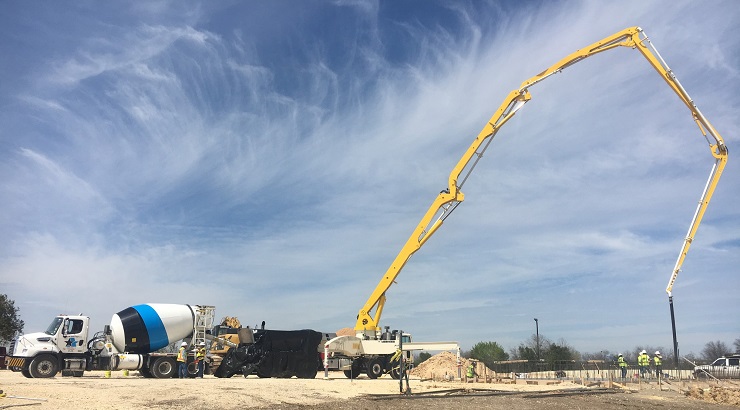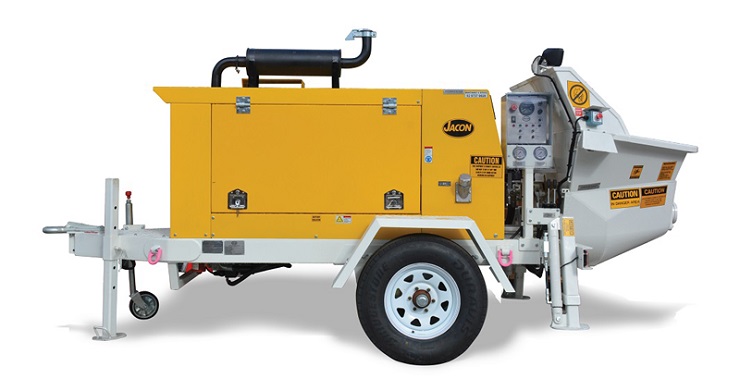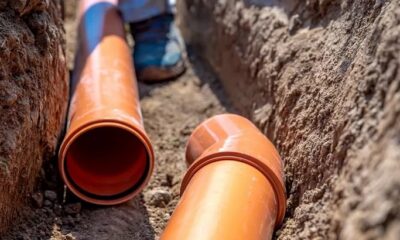Features
Types of Concrete Pumps
A quick overview of common types of concrete pumps.

Concrete pumps are used by builders to transfer liquid concrete from a mixer to a high-rise building, bridge, or any other structure whose construction requires some concrete.
Generally, concrete pumps are used on large residential and commercial projects that require transfer of a large amount of concrete in a timely manner.
These pumps are usually positioned away from the project area, but have the ability to reach the jobsite at a distance.
There are two main types of concrete pumps:
1. Boom concrete pumps
A boom concrete pump is a mobile pump that is mounted on top of a truck and has an articulating robotic arm (boom) that can be remote-controlled to enable accurate placement of concrete during the concrete pumping process.
Boom concrete pumps are mainly used in large construction sites due to their ability to pump high volume of concrete in a short period of time.
One of the main advantages of boom concrete pumps is their efficiency.
First, boom trucks are designed to move the product quickly – which is important especially for large scale construction projects.
Second, the boom pump has the ability to move the robotic arm and locate the exact position that needs the concrete poured, which helps to place the material more accurately.
However, boom concrete pumps cannot be used in some situations especially when boom trucks find it difficult to drive too close to the jobsites.
2. Trailer concrete pumps
Trailer concrete pumps, also known as line concrete pumps, are either mounted on a truck or placed on a trailer to allow pouring of concrete at a construction site.
These pumps require steel or rubber hoses to be manually attached to the outlet of the machine. The hoses can be linked together to allow them reach a distant site.

Indeed, a major benefit of trailer concrete pumps is their ability reach a long-distance job area since the pump’s hose can extend over 300 feet from the pump.
This enables easy pouring of concrete on sites tucked behind other buildings.
However, line concrete pumps usually pump concrete at a lower rate compared to boom concrete pumps, which makes them unfit for high volume concrete placing applications.
RELATED: Different Types of Concrete Houses
Trailer concrete pumps are also unsuitable for projects that require pumping of concrete to higher locations on the site, for instance during construction of skyscrapers.
Specialized usage pump
Skid mounted and rail mounted concrete pumps are special pumps designed for specialized job sites such as tunnels and mines. Specialized usage pumps are rarely used on site due to their high costs and highly specialized mechanism.












